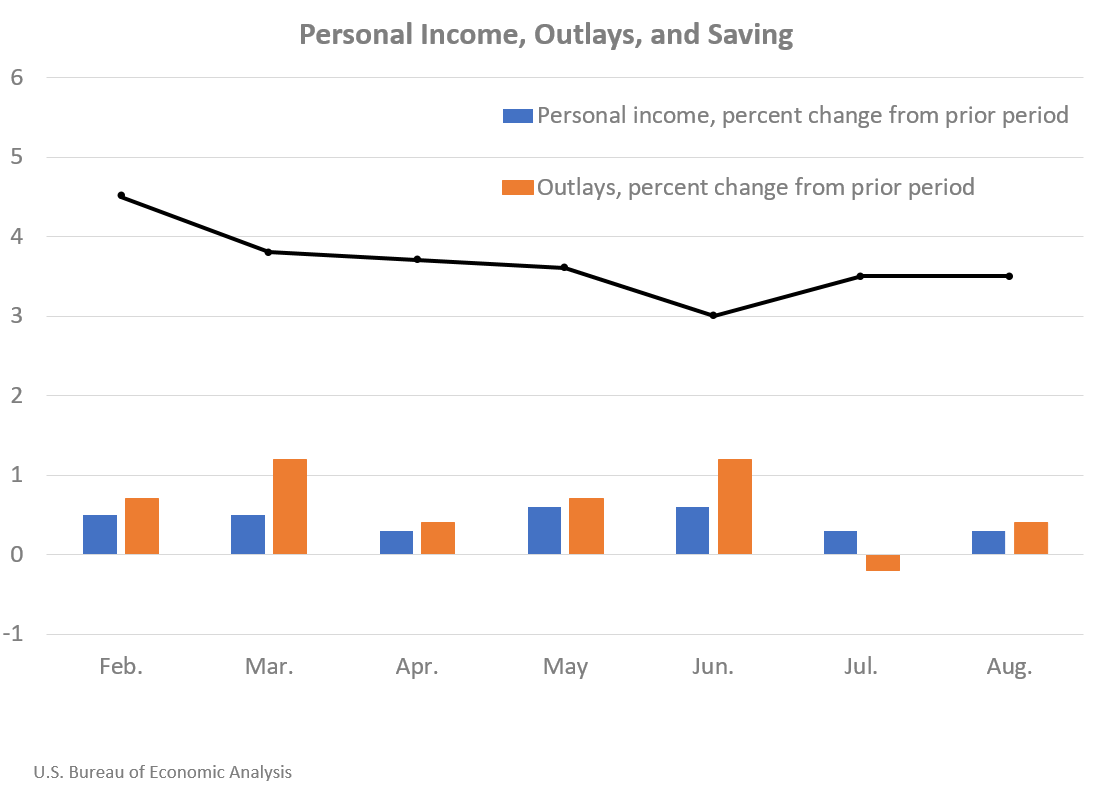Many B2B industries have survived pandemic and supply chain disruptions without major setbacks. For example, a Grand View Research report predicted that the HVAC industry will enjoy a compound annual growth rate (CAGR) of 5.6% from 2022 to 2030. If you’re a B2B brand experiencing high product demand and optimistic sales forecasts, you may have placed channel partner incentives low on your priority list. But when your revenue tide is high, it’s actually the best time to prepare a channel partner motivation strategy using incentives. Why? Because channel incentive programs tend to yield much greater returns when they’re implemented before unfavorable market conditions strike. To better understand how channel incentives can help B2B marketing in a recession, let’s first examine the current market conditions B2B brands are facing. Beginning with the Big Question…
Is a recession on the horizon?
Get ready for a disappointing short answer: no one really knows for certain. Recessions are shockingly hard to predict. The International Monetary Fund (IMF) has only correctly forecasted four out of 469 economic downturns since 1988. Even weather predictions are more reliable than that.
There are six main indicators of a recession: personal income, payrolls, personal consumption, manufacturing and trade sales, employment, and industrial production. Here’s what each of them is saying according to the National Bureau of Economic Research (NBER):
- Personal income is the income people receive from wages and salaries, Social Security and other government benefits, dividends, interest, business ownership, and other sources. Though it dropped significantly in Q1 and Q2 2022, it rose again in July and remained steady in August.

- Non-farm payrolls measure how many jobs are being added. The most recently released statistics report 263K jobs added in September, which is down from a 439K average that lasted from January to August, as markets respond to higher interest rates and prices.
- Personal consumption, or personal spending, is an important metric, as it makes up for 70% of the U.S. economy, so it’s an important metric. Personal consumption dropped in July for the first time since December 2021, then rose again 0.4% in August, compared to an average month-to-month average increase of 0.9% throughout 2022. Slowdowns in personal spending are attributed to the 40-year highs of inflation and energy costs.
- Manufacturing and trade sales have been falling all year, except for a small increase in July, as manufacturers battle supply chain difficulties, slowed orders, and a stronger U.S. dollar increasing exports expense.
- Employment has been a positive in the U.S., with unemployment rates staying with a healthy range of 6% and 3% all year and September’s rate matching July’s low of 3.5%.
- Industrial production, like many other economic indicators, fluctuated throughout 2022. After a major increase to 6.9% in February, industrial production has been falling month to month, with the latest August figure being 3.7%.
As you can see, economic indicators are mixed. Some, like employment, have been consistently strong, while others have been falling. Global conflicts, labor shortages, increasing natural disasters, disrupted supply chains, and skyrocketing inflation make for a highly unpredictable set of market influences. This means B2B brands should be proactive in their channel sales strategies and marketing plans.
How do incentive programs help B2B marketing in a recession?
If there is an economic recession ahead, B2B brands’ revenue, channel partner loyalty, and product developments could all be negatively impacted. If you’re in favorable place for now, it’s the best time to start preparing for a less profitable future. Here’s how a channel incentive program can help:
Your brand’s personal value to customers increases.
The best incentives reward recipients with something meaningful. With debit cards, for example, incentive program participants can use their rewards on nearly anything. The downside of debit cards is that incentive program participants often spend them on necessities like gas and groceries.
Ideally, you want your channel incentive rewards to elicit a happy, gratifying feeling. One of the best ways to accomplish this is by rewarding channel partners with digital points they can spend in an online rewards catalog. This gets around the fact that participants often spend debit card rewards on necessities like gas, groceries, etc., and ensures they reward themselves with something fun.
Buyers of manufacturing products and services often have little personal attachment to those products. It’s not the same as, for example, buying from your favorite clothing brand. Rewards attach a personal value to your brand that’s otherwise difficult or even impossible to achieve. Personal value helps build long-lasting customer loyalty that will buoy your B2B marketing in a recession.
Investment in existing customers pays off.
It can’t be overstated how important channel partner buyers are to suppliers and manufacturers. It can be incredibly costly to replace a B2B customer when they’re lost. These three stats show just how important customer retention is in B2B:
- Business from existing customers makes up over 75% of the average B2B revenue stream (Forrester).
- Customer acquisition is five to 25 times more expensive than customer retention (Harvard Business Review).
- Increasing customer retention by just 5% can yield a 25% increase in profit (Bain & Company).
Incentive programs are one of the best ways to invest in your current customers, not just by bringing them personal value and meaning, but by showing that you appreciate their business.
With the right incentive company, there are no limits to how you can reward your channel partners. You can take them on a group trip where they can get facetime with leaders and executives. You can even make it possible for them to redeem rewards for college tuition, home renovation, or new cars!
A big reward makes a big statement, one that everyone who hears about it will remember for a long time to come. Investing in existing customers during lucrative periods means that channel partner loyalty will be well-secured when you need it most.
You can acquire customer data and increase channel partners’ product knowledge.
Online incentive program technology offers a big advantage: it means your incentives aren’t limited to sales promotions. This is especially beneficial when your channel partners face difficulties beyond their control (supply chain issues, product shortages, etc.) when it comes to sales. Rather than rewarding them exclusively for sales performance, you can reward other activities and behaviors that indirectly benefit business. For example, you can reward partners for:
- Submitting warranty registrations, invoices, or customer feedback
- Earning certifications
- Passing training courses or quizzes
- Completing daily trivia
- Going above and beyond in customer relations and service
- Scheduling aftermarket or product maintenance services
- Selling supplemental products or services
Rewarding channel partners for these activities won’t always translate directly into increased sales. However, they will encourage and normalize behaviors that will improve B2B marketing in a recession, incrementally increasing your revenue when you need it most.
A consistently trained sales force will increase sales gradually, and customer data is an invaluable resource. According a Dun & Bradstreet and Adweek study, data-related issues such as “lack of insight into the customer journey” and “lack of available data sources” were the issues most cited by B2B marketers as their biggest challenges. If you’re one of the B2B marketers with solutions to your data problem, you’ll have a huge advantage over your competition.
At Extu, the “invest now to enjoy stability later” approach to channel incentive programs is validated by past success. We have clients who invested in their incentive programs in the late 1990s who credited their incentive programs with helping them survive the 2008 recession. As one tire manufacturer client put it:
We started our customer loyalty program in the late 1990s during a time when business was very good. About five years ago, business slowed down dramatically. Still, we held a competitive edge in the marketplace, because our loyalty program had grown to become part of our customers’ everyday lives.
Online technology makes channel incentive programs more flexible, effective, and data-driven. This helps you to offer a consistent, long-term, and multi-faceted reward experience that you helps you build stronger bonds and maximizes your investment with channel partners, elevates your brand’s value. Get in touch with Extu to see how you can build a channel incentive program that protects your business against economic challenges.



